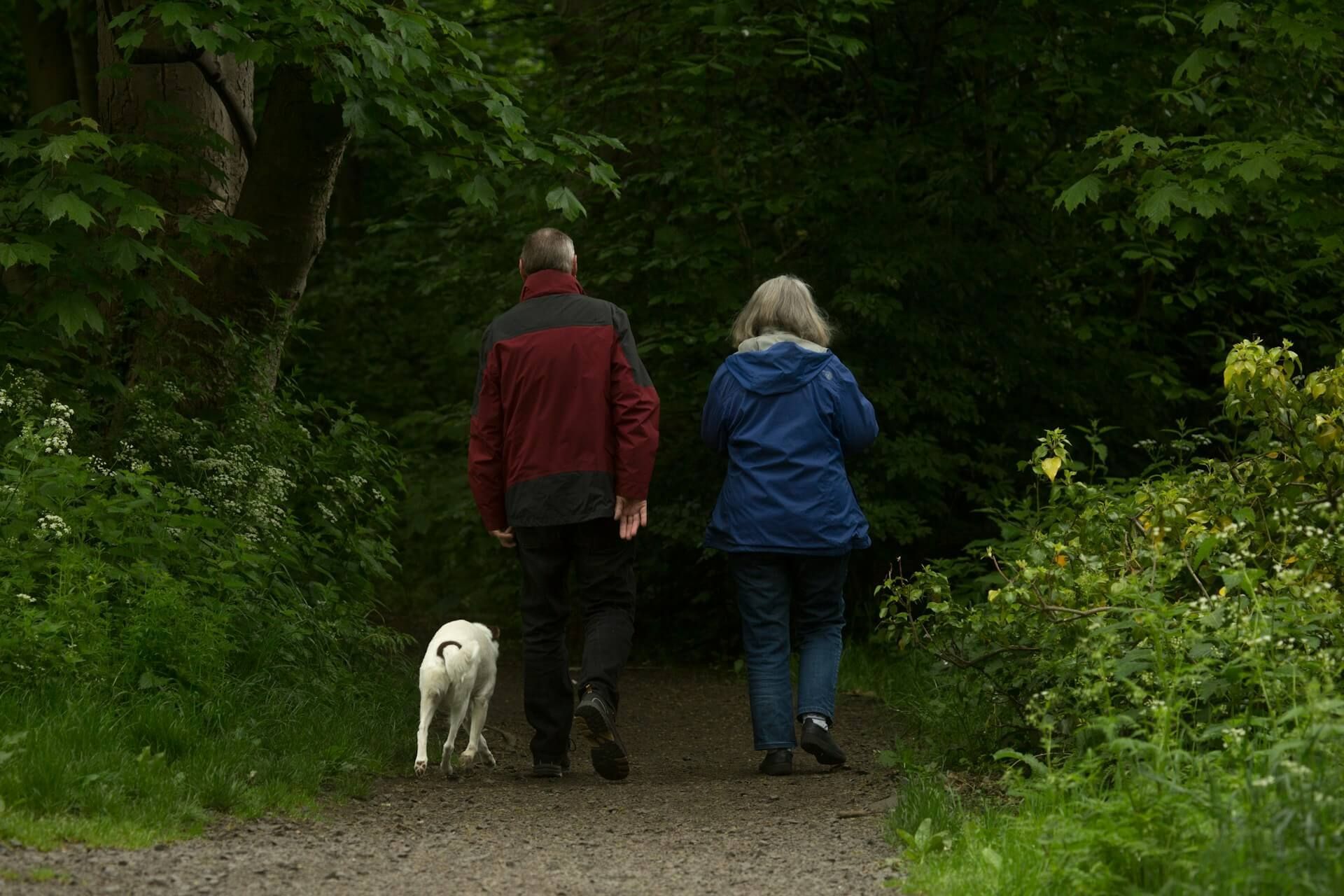We Like To Move It Moving Company
Navigating Emotional Aspects of Moving

Moving to a new home is a significant life transition that comes with a mixture of emotions. Leaving behind a place filled with memories, familiar faces, and routines can evoke a range of feelings, from excitement to sadness. Coping with change and saying goodbye to your old home requires emotional resilience and strategies to navigate these complex emotions. In this article, we'll delve into the emotional aspects of moving and offer guidance on how to cope with the process of change while honoring the memories you've created.
Recognize your emotions
Emotions are a natural response to change, and it's important to acknowledge what you're feeling. You might experience a mix of excitement for the new adventure and sadness about leaving your old home. Allow yourself to feel these emotions without judgment and give yourself permission to grieve the life you're leaving behind.
Reflect on the past
Take some time to reflect on the memories you've created in your old home. Look through old photographs, revisit significant places, and recall the milestones you've achieved. Reflecting on the positive experiences and growth you've gained can help you cherish the time you've spent there.
Say goodbye ritualistically
Saying goodbye to your old home doesn't have to be rushed. Create a meaningful ritual to mark the transition. This could involve taking a final walk through the house, leaving a letter for the new occupants, or even having a small farewell gathering with friends and family. These rituals provide closure and a sense of honor to the place you're leaving behind.
Embrace the new chapter
While it's natural to mourn the loss of your old home, it's equally important to embrace the new opportunities that lie ahead. Focus on the positive aspects of your new home and the experiences you'll gain. Maintain an open mindset to welcome the changes and growth that a new environment can bring.
Stay connected
Leaving your old home doesn't mean severing all ties. Stay connected with friends, neighbors, and loved ones through social media, phone calls, and visits. Plan trips back to your old neighborhood to keep those connections alive. Remember that distance doesn't necessarily mean losing the relationships you've built.
Create a sense of familiarity
When you move into your new home, bring along familiar items that hold sentimental value. Incorporate decorations, furniture, and personal touches from your old home into the new space. This can create a bridge between the past and the present, helping you adjust to the change.
Establish new routines
Routines provide a sense of stability, especially during times of change. Create new routines in your new home that align with your lifestyle and preferences. Engage in activities you enjoy, explore your new surroundings, and gradually build a sense of familiarity in the new environment.
Seek support
Don't hesitate to reach out to friends, family, or a professional if you're struggling with the emotional aspects of moving. Talking about your feelings can provide validation and perspective. Support groups or therapy can offer a safe space to process your emotions and develop coping strategies.
Focus on self-care
Moving can be physically and emotionally taxing. Prioritize self-care during this transition. Engage in activities that bring you joy and relaxation, such as exercising, meditating, journaling, or spending time in nature. Taking care of your well-being will help you manage stress and navigate your emotions.
Give yourself time
Adjusting to a new home takes time. Be patient with yourself as you navigate the ups and downs of the transition. Understand that it's normal to experience a mix of emotions and that the process of settling into your new home and creating new memories will unfold gradually.
Conclusion
Moving is more than just a change of address; it's a profound emotional journey. Coping with change and saying goodbye to your old home requires self-compassion, reflection, and a willingness to embrace the new opportunities that lie ahead. By recognizing your emotions, reflecting on the past, embracing rituals, staying connected, establishing familiarity, seeking support, focusing on self-care, and giving yourself time, you can navigate the emotional aspects of moving with resilience and grace. Remember that every step you take contributes to shaping your new home into a place of comfort, growth, and new memories.












